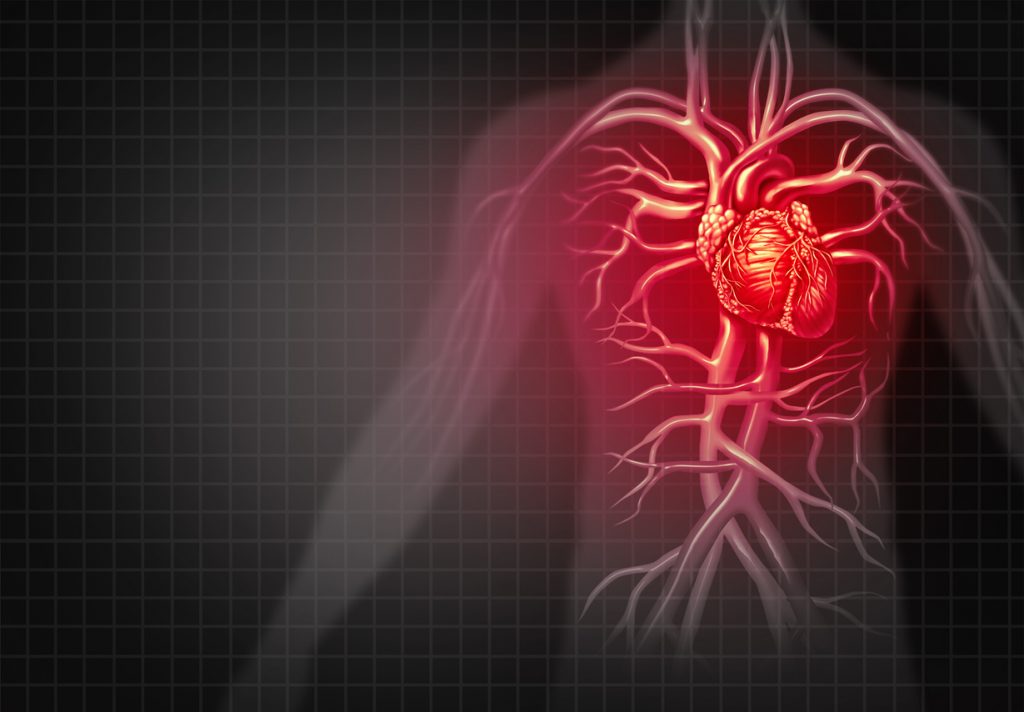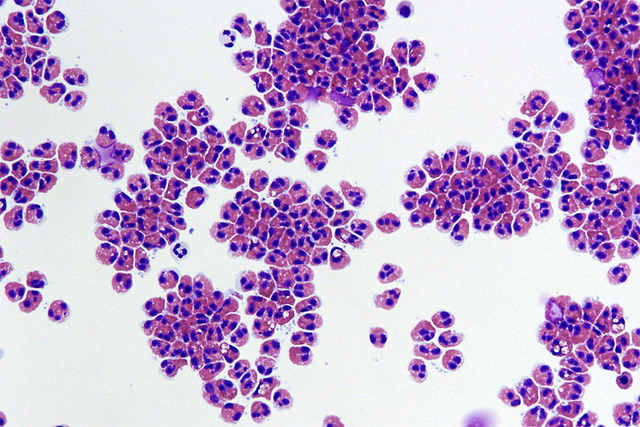To investigate the cardiac, clinical, and genetic aspects of arrhythmogenic right ventricular dysplasia (ARVD), a progressive disorder that predominantly affects the right side of the heart and causes ventricular arrhythmias.
Official Title
Conditions
– Heart Diseases- Ventricular Arrhythmia- Arrhythmogenic Right Ventricular Dysplasia
Study Type
Observational
Study Design
Natural History, Longitudinal, Defined Population
Further Details
BACKGROUND: Arrhythmogenic right ventricular dysplasia (ARVD) is an uncommon disorder, but is considered a major cause of sudden death and life-threatening arrhythmia, in particular in the young population. The prevalence of ARVD is unknown, but is certainly underestimated because of the difficulties in obtaining a correct diagnosis. It appears to be particularly frequent in certain geographical areas, probably for a founder effect, such as in the North-East Italy, where a large number of ARVD cases and families have been described. A non-controlled study of the University of Padua reported a frequency of familial forms of about 30 percent, indicating the existence of a defective gene in a large proportion of cases. In the United States the frequency of the disease is unknown, but the number of cases seems to increase. The etiology of ARVD was unknown until very recently. The main hypothesis involved apoptotic mechanisms and, in some cases, a viral infection. However, in the last couple of years, two genes causing ARVD have been identified. The first one encodes plakoglobin, a protein of the cardiac junctions with adhesive and signaling functions. The second ARVD gene is the cardiac ryanodine receptor (RYR2), which has been characterized only very recently by Dr. Danieli’s group. In fact, this discovery is so recent, that in this study, RYR2 is still considered a potential candidate. The discovery of the first disease genes provides the basis for a candidate gene approach following the hypothesis of a “final common pathway.” Thus, major candidates become genes involved in cell-cell adhesion and encoding ion channels. DESIGN NARRATIVE: Multidisciplinary, multicenter, collaborative study investigating the cardiac, clinical, and genetic aspects of arrhythmogenic right ventricular dysplasia. The specific aims are: 1) to establish a North American ARVD Registry enrolling ARVD patients and their family members, based on standardized diagnostic test criteria, in a prospective longitudinal follow-up study; 2) to determine the genetic background of ARVD by identifying chromosomal loci and specific gene mutations associated with this disorder; 3) to determine the influence of the genotype on the clinical course of patients with ARVD and explore phenotype-genotype associations that will contribute to improved diagnosis, risk stratification, and therapy; and 4) to develop quantitative methods to assess right ventricular function in order to enhance the specificity and sensitivity of ARVD diagnosis.
Study Start
Eligibility & Criteria
Genders Eligible for Study: Both
Total Enrolment
Contact Details
[1] Frank Marcus, University of Arizona [2] Jeffrey Towbin, Baylor College of Medicine [3] Wojciech Zareba, University of Rochester [4] National Heart, Lung, and Blood Institute (NHLBI)
All content and media on the HealthEngine Blog is created and published online for informational purposes only. It is not intended to be a substitute for professional medical advice and should not be relied on as health or personal advice. Always seek the guidance of your doctor or other qualified health professional with any questions you may have regarding your health or a medical condition. Never disregard the advice of a medical professional, or delay in seeking it because of something you have read on this Website. If you think you may have a medical emergency, call your doctor, go to the nearest hospital emergency department, or call the emergency services immediately.







